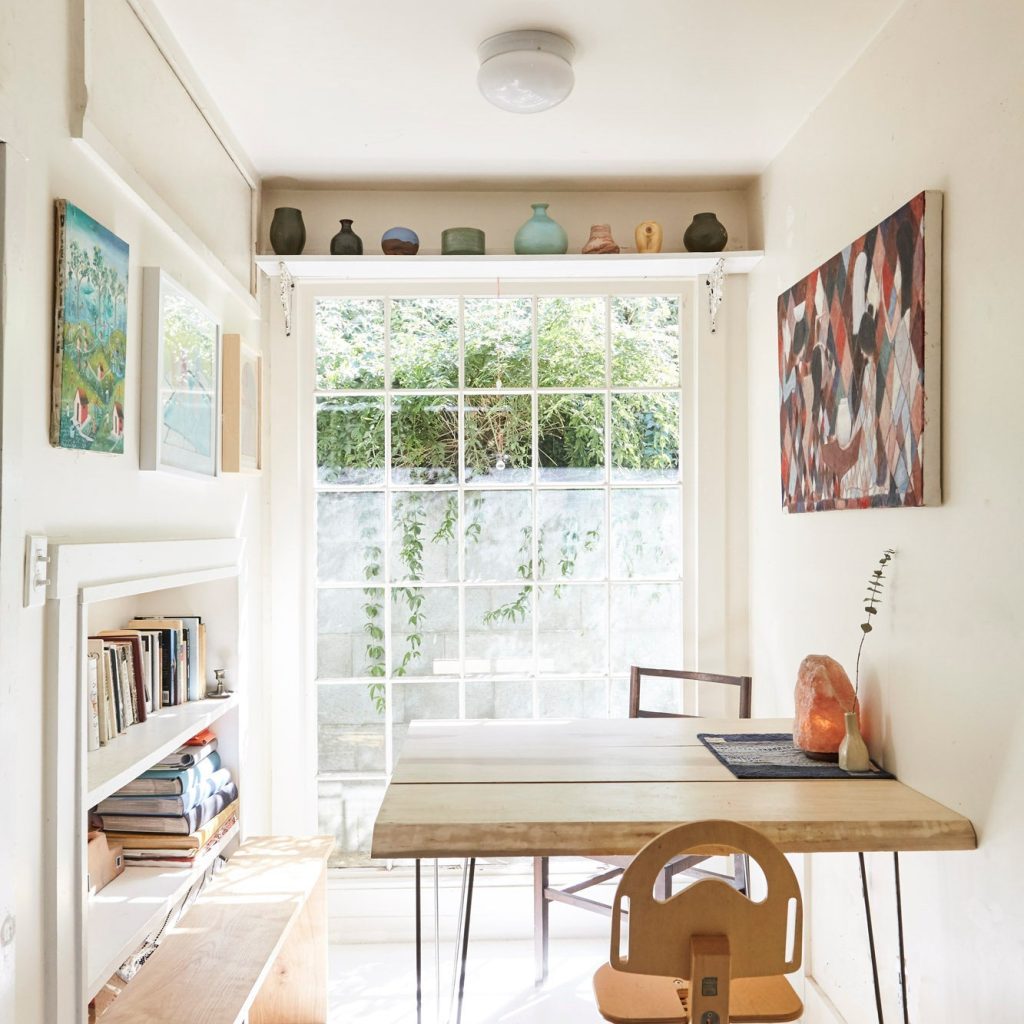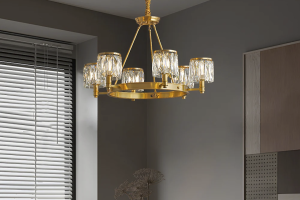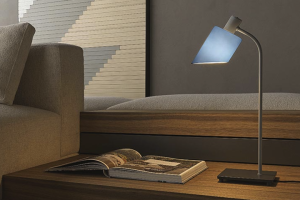Introduction
Scandinavian design has taken the world by storm in recent years, known for its clean lines, functional approach, and the use of natural materials. An important aspect of this design movement is the use of a specific color palette that has become synonymous with Scandinavian design. In recent years, this color palette has evolved to include modern hues, giving birth to the modern Scandinavian color palette. This article explores the modern Scandinavian color palette, its origins, and how it is being used in contemporary design.
The Origins of the Modern Scandinavian Color Palette
Scandinavian design has always embraced the use of natural materials such as wood, stone, and leather, and these materials heavily influence the color palette used in the design. The original Scandinavian color palette was dominated by earthy tones such as browns, greys, and whites, which was reflective of the natural landscape of the region. However, as Scandinavian design has become more prominent on the global stage, the color palette has evolved to incorporate modern hues that provide more depth and contrast. This has given birth to the modern Scandinavian color palette, which is characterized by a balance of cool and warm tones.
The Modern Scandinavian Color Palette
The modern Scandinavian color palette expands on the traditional earthy colors of the original palette, bringing in blues, greens, and brighter hues. The cool tones of these new colors provide balance to the warm, natural tones that have always been associated with Scandinavia, creating a harmonious blend. The modern Scandinavian color palette consists of:
- Whites – pure whites and off-whites are the foundation of Scandinavian design. They serve as a neutral base that allows other colors to stand out.
- Greys – soft, muted greys are still present in the modern Scandinavian color palette, but now they are combined with brighter hues to provide contrast.
- Blues – cool blues, such as navy and denim, are common in the modern Scandinavian color palette. These colors are reminiscent of the sea and sky, which are a big part of the Scandinavian landscape.
- Greens – earthy greens are a natural addition to the modern Scandinavian color palette, reflecting the forests and nature of the region.
- Yellows – bright, sunny yellows are often used as an accent color in the modern Scandinavian color palette, providing a pop of color that adds warmth and energy to a space.
- Pinks – soft, dusty pinks are a modern addition to the Scandinavian color palette, adding a touch of femininity and elegance.
Using The Modern Scandinavian Color Palette in Design
The modern Scandinavian color palette is versatile, and designers can use it to create a range of interiors, from minimalist to bohemian. The key is to create a balance between cool and warm tones, using brighter hues to provide contrast when needed. One popular way to incorporate the modern Scandinavian color palette is to use it in conjunction with natural materials such as wood, stone, and leather. These materials reinforce the connection to nature that is so important in Scandinavian design.
Minimalist Design
Minimalist design is a hallmark of Scandinavian design, and the modern Scandinavian color palette lends itself well to this style. Using a limited color palette of whites, greys, and naturals creates a calm and soothing space that is free from clutter. Simple furnishings in natural materials complete this look.
Bohemian Design
For a more bohemian look, the modern Scandinavian color palette can be combined with brighter hues such as pinks and yellows. This creates a space that is still grounded in the natural world but has a more playful, whimsical feel. The addition of patterns, textures, and plants adds to the bohemian vibe.






More Stories
Enhance Your Study Space with a Bright Table Lamp
Enhance Your Study Space with the Perfect Table Lamp
Enhance Your Study Room with a Pleated Wooden Table Lamp